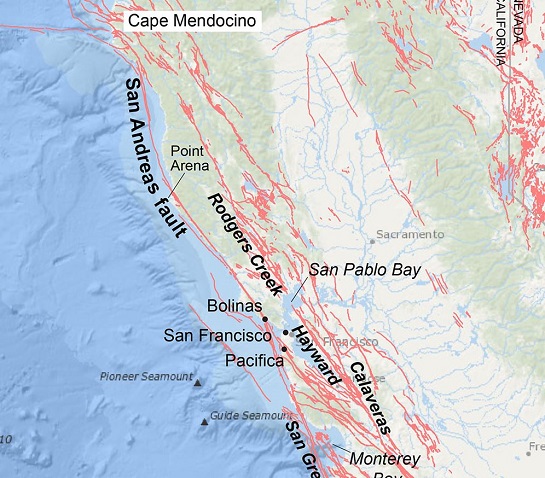Leadership message: Improving seismic safety at UC Davis Health
October 18, 2023
Dear Colleagues,

California has a long history of seismic activity and has experienced some of the most powerful earthquakes in the world – including the 1906 San Francisco, 1989 Loma Prieta and 1994 Northridge earthquakes. The state’s unique geological position along the Pacific Ring places it at the crossroads of multiple tectonic plates, resulting in frequent and ongoing seismic activity. Given this reality, we wanted to provide you with an update on the work we are collectively doing to ensure the health system’s seismic resilience.
As a Level One Trauma Center, UC Davis Health serves as a regional safe harbor during emergency events such as earthquakes. Since community members may need to seek treatment during an earthquake, it is vital that our buildings can remain fully operational following such an event. Furthermore, it is critical that our buildings remain safe for patients and staff who are present during an earthquake.
To ensure that our buildings remain safe and operational, UC Davis Health assesses buildings using seismic evaluation tools established by two directives: the University of California Seismic Safety Policy for evaluating the seismic performance of non-clinical buildings and the Alfred E. Alquist Hospital Seismic Safety Act/Senate Bill 1953 (SB1953) for evaluating the structural and non-structural seismic performance of clinical buildings. Both directives provide seismic rating systems that are helpful tools in identifying how of our buildings will perform during a seismic event.
The seismic ratings for our buildings are targeted to be publicly posted late-November 2023. This signage will be in accordance with the California Department of Health Care Access and Information (HCAI), with the intent of raising public awareness of the progress we are taking to achieve seismic compliance. The signage – 8-by-14 inches – will be kept updated with each building’s current seismic rating as we progress towards 2030.
A crucial first step in our seismic safety program is the decommissioning of the North/South Tower – UC Davis Health’s oldest hospital building – which has rated poorly in past analyses. Due to this poor rating, the decision was made to decommission the building and decouple it from the rest of the hospital. Since the Sacramento region depends upon the clinical spaces housed in the North/South Tower, the California Tower – UC Davis Health’s newest hospital tower currently being constructed by Facilities Planning and Development (FP&D) was initiated to serve as a replacement hospital tower.
While the North/South decommissioning and the California Tower currently represent the largest aspects of our seismic safety program, other ongoing efforts to address seismic safety for our health system include the East Wing Make Ready, Stair 5, Hospital Storage, Pulmonary Function Testing Relocation, Discharge Relocations and Broadway Building. Furthermore, the FP&D real estate development and management team has been looking at UC Davis Health’s leased spaces to ensure seismic safety. One recent example was the lease termination of Ticon 3, a leased space that was home to Human Resources and was vacated in part for having a poor seismic rating.
Long-term, FP&D will continue to develop seismic safety plans that will ensure that UC Davis Health’s buildings and infrastructure remain resilient and ready to serve our community.
Yours in health,
Cheryl Sadro
Chief Financial Officer
UC Davis Health
Jason Nietupski
Executive Director, Facilities Planning and Development Division
UC Davis Health
Tim Tsukamoto
Director of Compliance, Facilities Planning and Development Division
UC Davis Health

